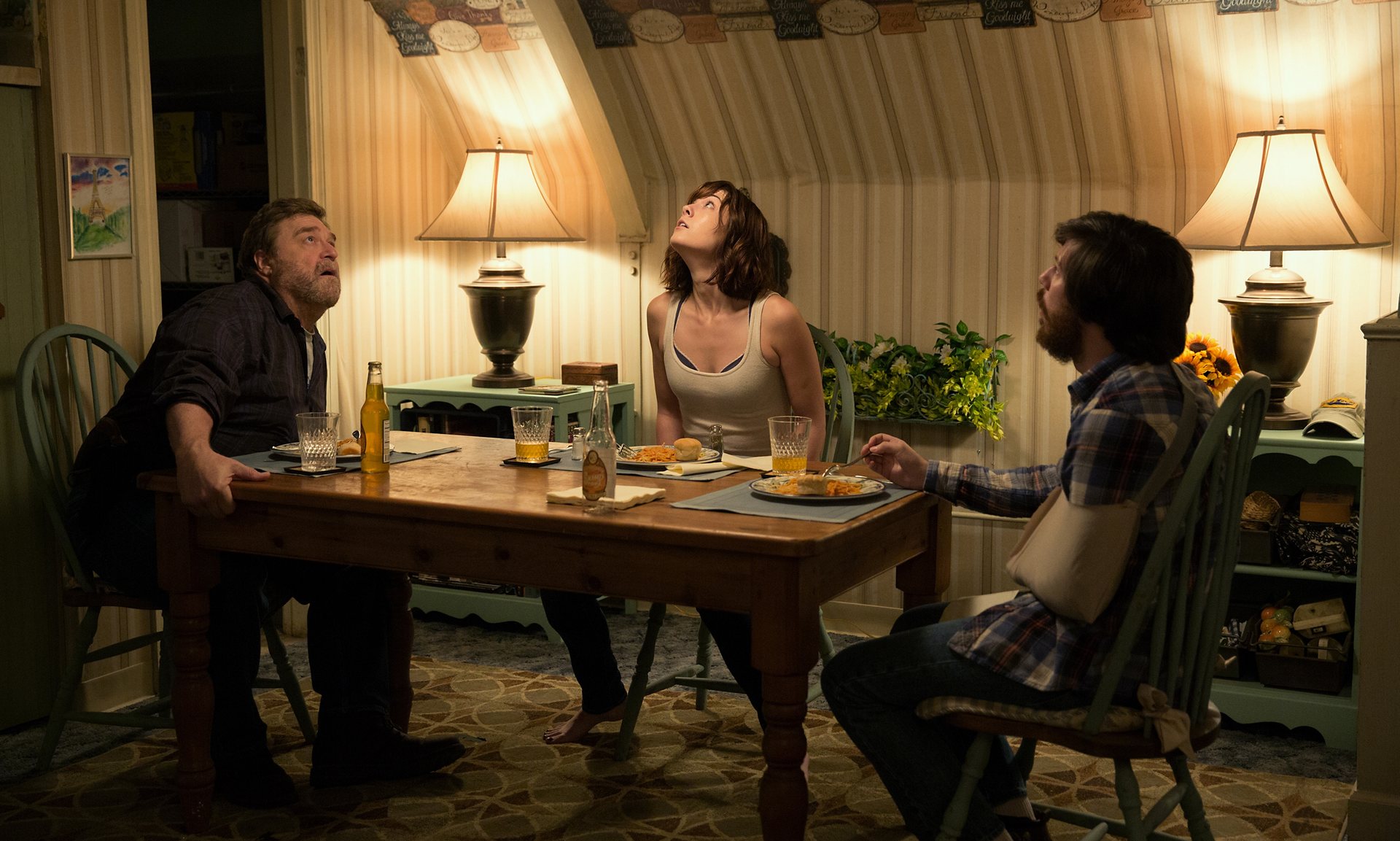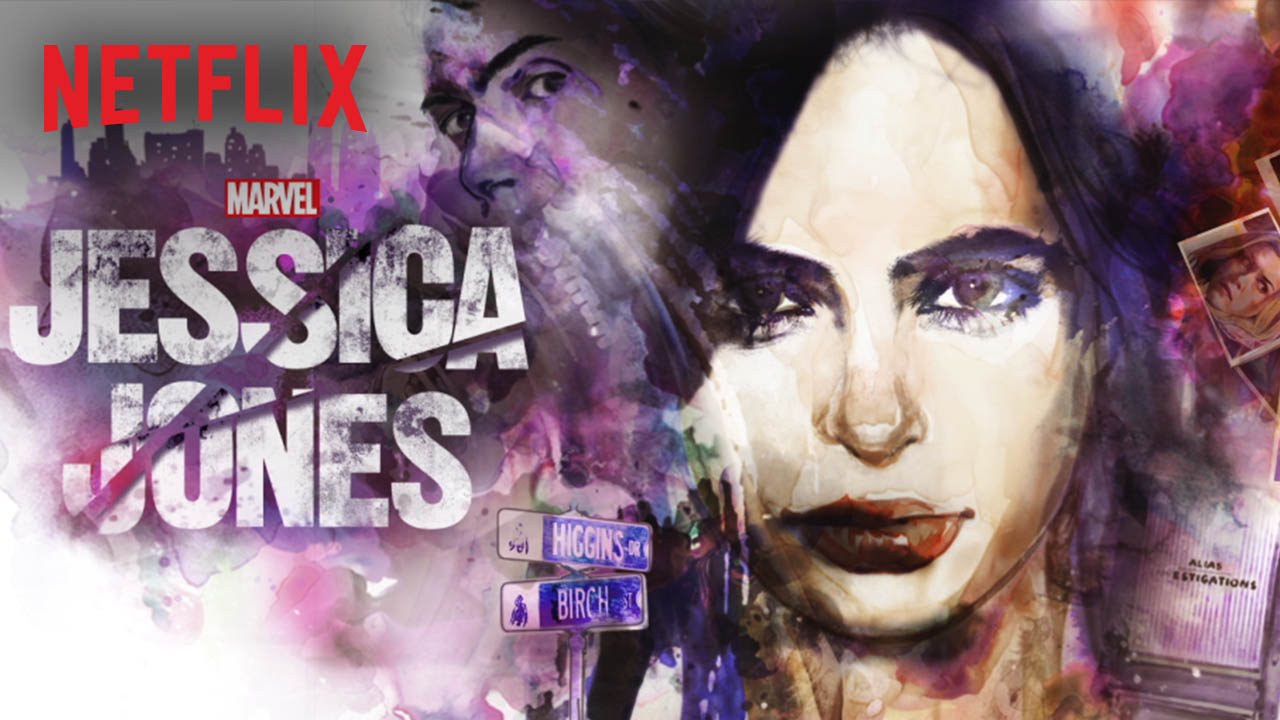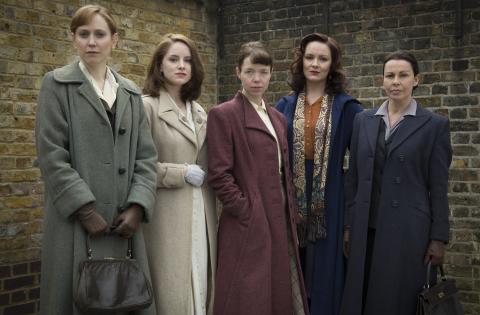This guest post written by Emily Scott appears as part of our theme week on Unpopular Opinions. | Spoilers ahead.
The cult classic status of the 1988 black comedy movie Heathers is firmly cemented in modern culture. The particular combination of high school hierarchy and gallows humor has struck a chord with millions of teenagers throughout the decades. The advent of Netflix has exposed the film to a whole new audience, and its campiness lent itself well to a highly popular Off-Broadway musical adaptation. Maybe most importantly, its portrayal of the power of young women has made it a favorite of many smart and self-aware girls, from its creation to today.
As with most cult classics, Heathers is ripe for a television reboot, and TV Land jumped at the opportunity. The network ordered a pilot for an anthology series based on a script by Jason Micallef and executive produced by Tom Rosenberg and Gary Lucchesi of Lakeshore Entertainment. But those who were hoping for a modern update to a dark, goofy, yet empowering story remain disappointed. The announced concept of the TV series adaptation makes extreme changes to the premise of Heathers, and not in a good way.
The original Heathers follows the top tier of the high school hierarchy, a group of three wealthy girls all named Heather and one girl named Veronica. Veronica (Winona Ryder) is somewhat of an outsider; she likes the benefits and privileges of being popular, but she has conflicted feelings about their treatment of those they consider beneath them. She starts to divulge her disillusionment to J.D. (Christian Slater), a mysterious, trench coat-clad new kid. After a fight with Heather Chandler (Kim Walker), Veronica decides to play a prank on her by serving her a mug of milk and orange juice. But when J.D. pours a mug of liquid drain cleaner, ostensibly as a joke, Veronica accidentally takes it to her instead, inadvertently killing Heather. Panicked, J.D. convinces Veronica to help him stage her suicide by forging a note. Throughout the rest of the film, it begins to become clear to Veronica that J.D. is orchestrating these killings because he feels disenfranchised by the system of power; he is trying to shake up the social hierarchy by destroying everyone in it.
Heathers represents a certain set of feminist ideals that makes it an empowering experience for young women. While the film engages heavily in the “mean girls” trope, the inclusion of the protagonist (Veronica) in the antagonistic group (the Heathers) subverts the standard popular vs. unpopular dichotomy. But even though Veronica originally believes the Heathers to be evil and worthy of punishment, she comes to realize that there is a bigger threat – J.D. The Heathers are mean girls, but they are just that. They don’t deserve to die. In this way, the movie allows Veronica to condemn the practices of the Heathers while still acknowledging their humanity.
Ultimately, the feminism of the film is centered on Veronica’s journey to finding and reclaiming her own power. As Alize Emme discusses in her Bitch Flicks article, Veronica is initially unable to stand up for anyone, even herself, against the Heathers. But at the end of the movie, she literally saves their lives. By the time she finishes with J.D. — the greater evil — Veronica has the strength to denounce the conniving, judgmental ways of the Heathers. She goes on to engage in friendships with Martha Dunnstock (Carrie Lynn) and Betty Finn (Renée Estevez), girls who were considered beneath the Heathers. By saving the Heathers, but rejecting their hierarchy and condescension towards other women, Veronica proves to have grown as both a person and a feminist.
The television adaptation of Heathers, however, presents a set of competing, feminist ideals that, if the show progresses in the way the film does, will send a message of exclusivity and non-intersectionality in feminism. In this new version of Heathers, the TV series will portray a world that does not exist in reality. In the updated Westerburg High School, the popular crowd, including the Heathers, will be made up of marginalized people. The new Heather Chandler (Melanie Field), the queen bee, will be a plus-size woman. The new Heather Duke (Brendan Scannell), the bookish turned diabolical one, will be “Heath,” who identifies as genderqueer. The new Heather McNamara (Jasmine Mathews), the cheerleader, will be a Black lesbian. And if they are the oppressors in this new world, then who will be the oppressed? White, thin, cis, straight people.
In fact, the new Veronica is Grace Victoria Cox, a talented young actress who fits very much within the white, thin, stereotypically feminine beauty ideal of Hollywood. James Scully, the new J.D., looks more like Kurt and Ram, the football players from the original movie, than the murderous high school outcast that Christian Slater once embodied. In the world that the TV series is creating, the diverse members of the Heathers will seek to torment and tear down these vulnerable, pretty white kids, leading them to stage their murders.
While this premise was likely chosen because it seemed edgy, this restructuring of the power dynamic between marginalized people and privileged people is ill-advised and, frankly, irresponsible. The writers and producers (who, notably, all appear to be white men) have used this concept to give marginalized people power that they don’t have in real life. As a result, they cast cis straight white people as the oppressed underclass. This misrepresentation of the real world will ultimately work to reinforce the fallacious idea that marginalized groups are “taking over” and gaining power over white, cis, straight, or otherwise privileged people.
If the television adaptation follows the plot of the original movie, then Veronica and J.D. will be killing and staging the suicide of at least one of the Heathers, as well as other members of the popular crowd. J.D. enacts this plot because he feels oppressed by the high school hierarchy, and he seeks to destroy all those who have power within that system in order to gain power himself. In the original film, which is virtually devoid of identity politics, this notion is extremely troubling, but realistic, as proven by real-life cases of high school shootings. In the world of the TV Land Heathers, this plot makes J.D. into, at best, an internet troll, and at worst, a violent alt-right vigilante. J.D. perceives the Black, queer, non-thin Heathers as having too much power, more than they deserve. His plot to kill them reads as an effort to take them down a notch, to put them in their place as marginalized people, so that he, a privileged white boy, can rise to his rightful place at the top. In the television adaptation of Heathers, J.D. is not just a messed-up kid. He’s a misogynist, homophobic, white supremacist. In a world where such rhetoric is becoming increasingly common, the idea that a purportedly comedic television show would represent such a character is disturbing and endlessly problematic.
Additionally, this restructure of the hierarchy causes Veronica’s journey to become problematic as well. One could argue that J.D.’s implicit racism, sexism, and homophobia will not be an issue, as he is clearly set as the antagonist, and because the protagonist (Veronica) ultimately rejects his ideas and plans. But again, if the plot of the TV adaptation is parallel to the film, Veronica’s rejection of J.D.’s extremism will only result in a more insidious form of white supremacy. As mentioned previously, Veronica ultimately saves the Heathers but rejects their cruelty, choosing instead to befriend the kind but unpopular Martha. In the series adaptation, Veronica’s decision will act as an affirmation of White Feminism. Even as Veronica rejects J.D.’s racism, sexism, and homophobia, her ultimate choice will be to ditch her marginalized friends for the other privileged white kids of the adaptation’s false underclass. Veronica can claim a lack of prejudice because she didn’t want them to die, but she doesn’t want to include them in her personal life. She, like many white feminists, doesn’t seek to understand what they may be going through or how their experiences may have differed from her own. Instead, she decides that she would just rather hang out with people like her — cis, straight, white, and thin. In the original film, her decision to befriend Martha, who’s plus size, was a way of confirming the value of every person, regardless of their outward appearance or social standing. In the adaptation, it will act as an exclusion of marginalized people from Veronica’s conception of worthiness.
When a movie becomes as iconic as Heathers, remakes and revivals are inevitable. Any production company that takes on such a project has a responsibility to take the current sociopolitical climate into account. It appears that TV Land and Lakeshore Entertainment have attempted to do so with the inclusion of people of color, LGBTQ, and plus size characters. But the concept of the Heathers television adaptation uses these characters to give legitimacy to false ideas about the power of minorities and marginalized groups, as well as giving credence to the idea of White Feminism. Though the original Heathers features all white characters and largely avoids commenting on race or sexual orientation (although it does feature the deaths of two homophobic jocks, staged as the suicides of gay lovers), it culminated in a feminist, inclusive shake-up of the social order. But the ill-conceived premise of the TV Land reboot will only serve to reinforce power structures and harmful gender and racial dynamics that already exist everywhere. By restructuring Westerburg High School’s social order, the Heathers series will only solidify the inequality of our social order. The one that sets minorities and marginalized folks beneath cis, straight, white people; the one that perpetuates hate and intolerance; the one we all live with everyday.
While a pilot is currently being filmed, the television adaptation of Heathers has not yet been ordered to series. Hopefully, the studio will take the sociopolitical context into account when choosing whether to continue with the adaptation. I am not at all against a Heathers reboot, but I want one that is progressive and intersectional, one that expands on the feminism of the original rather than scaling it back. Ideally, the ill-advised concept behind the TV Land adaptation will be abandoned, and then the world can have the new, forward-thinking, inclusive Heathers that it deserves. This time, let’s make Veronica a Black lesbian.
See also at Bitch Flicks:
“I’m a Veronica”: Power and Transformation Through Female Friendships in Heathers
Veronica Decides Not to Die — Heathers: The Proto-Mean Girls
Cult Films that Changed Cinematic History
Teenage Girl Gang Movies Through the Years
Emily Scott is an actress, writer, and filmmaker currently living in the Bay Area. In addition to freelance work, she writes regularly for Culturess. You can find her on Twitter @Emascott92 or at http://emily–scott.weebly.com.
























